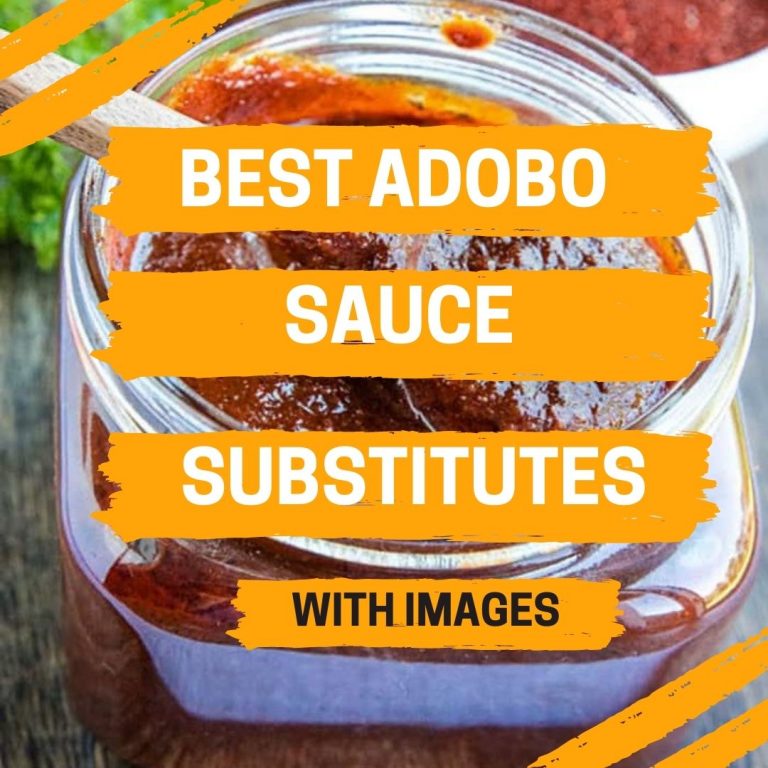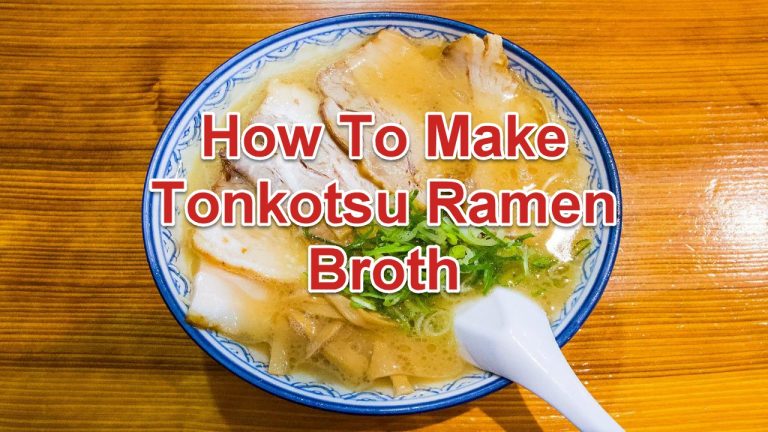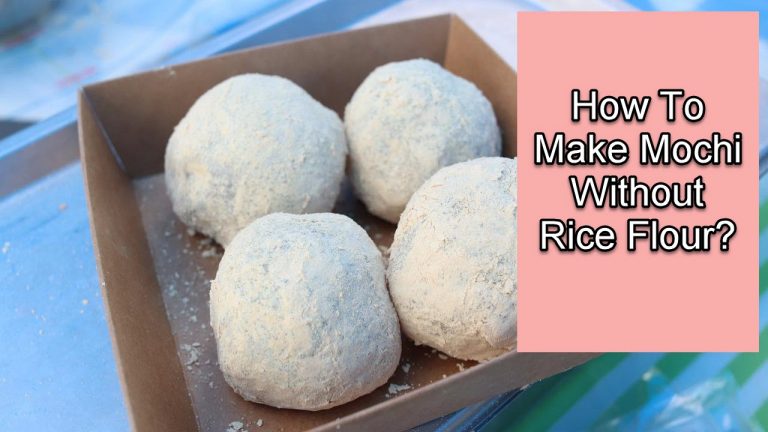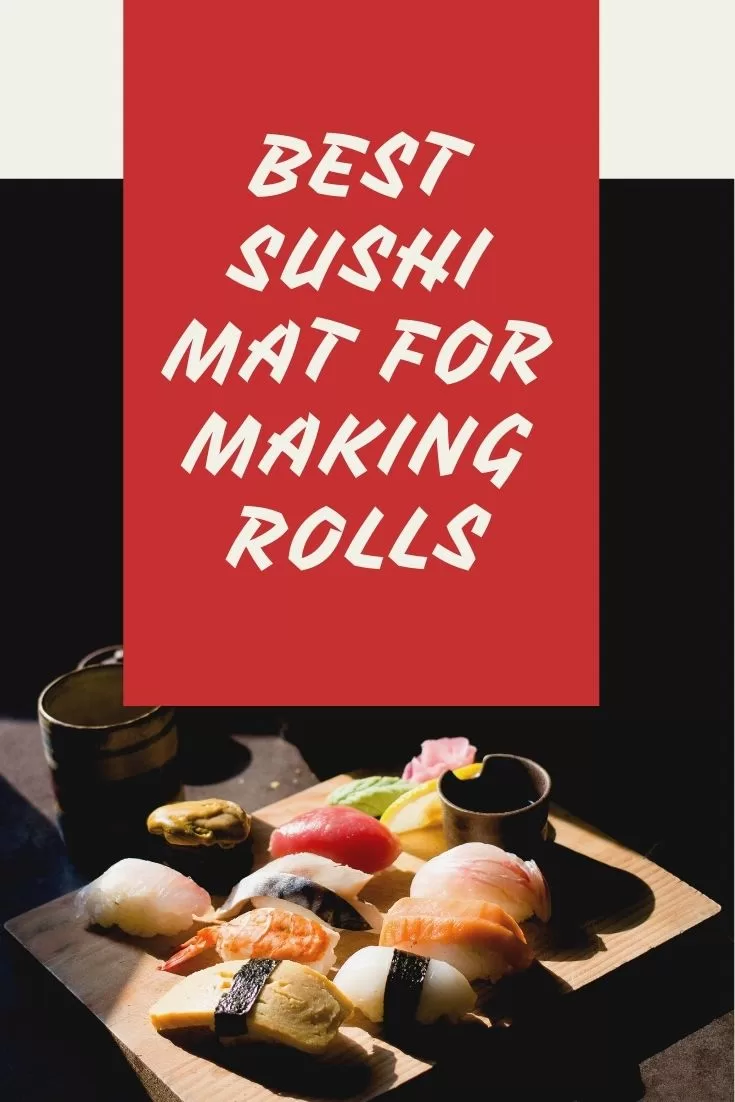Teriyaki Sauce Vs Soy Sauce: How Are They Different?
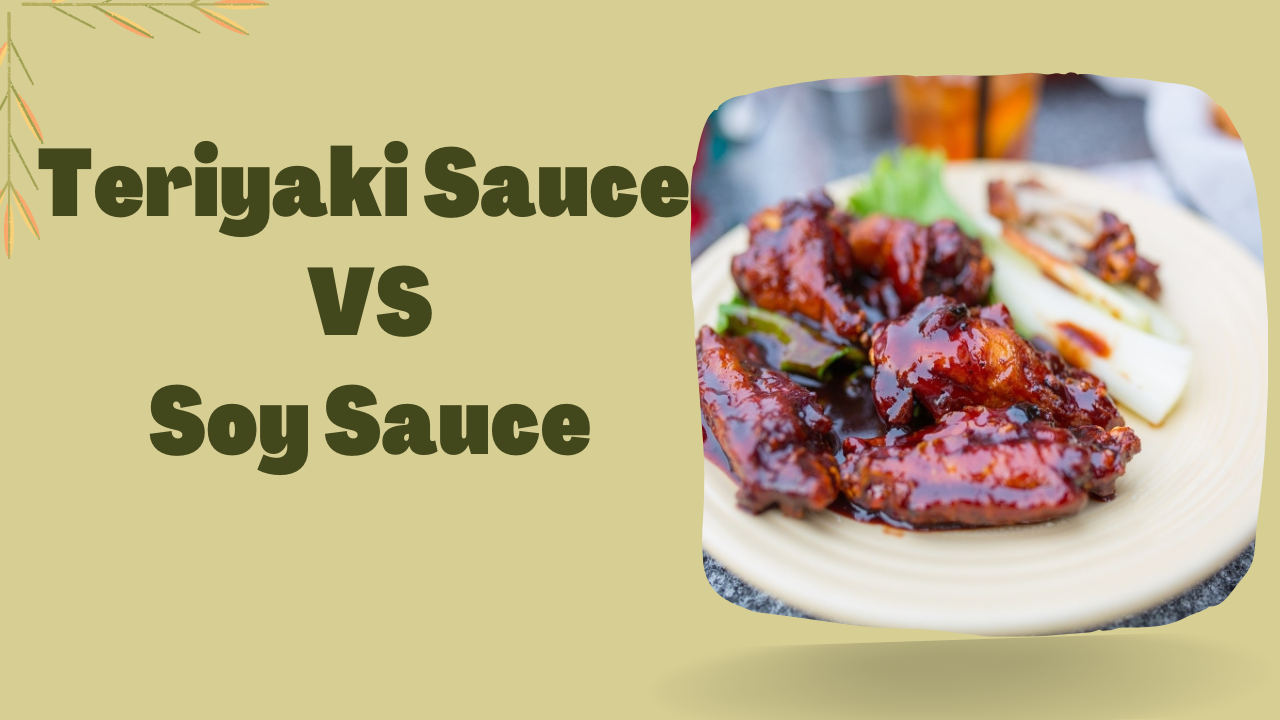
Hey guys! Today, we are going to talk about Teriyaki Sauce Vs Soy Sauce.
Soy sauce and teriyaki sauce are two ingredients in food that are almost always used. Despite the fact that both are often used as condiments, even in the same meals, they differ greatly in a variety of aspects. The ingredients are distinct, in addition to the flavor. They are utilized in the culinary industry, especially on Asian cuisine on many occasions as well.
Teriyaki and soy sauce are two of the most widely used sauces in Japan.
Many people frequently mistake the two since they resemble each other so closely. Due to their similar brown color and consistency, the two sauces might frequently appear to be the same item. The parallels largely stop there, though.
In order to determine whether teriyaki and soy sauce can be used interchangeably, let’s compare them in more detail.
If you are interested to know the difference between soy sauce and teriyaki sauce, then scroll down and continue reading.
Teriyaki Sauce Vs Soy Sauce
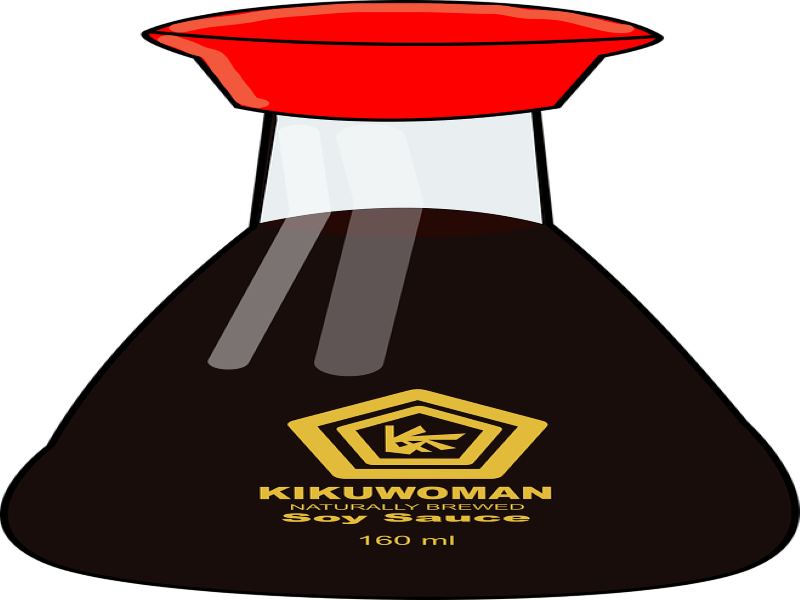
What Is Soy Sauce
Chinese people have traditionally prepared soy sauce from a paste of fermented soybeans, roasted grains, brine, and Aspergillus oryzae or Aspergillus sojae mould. It is thought to have a powerful umami flavor.
Soy sauce has a salty taste. It is a salt flavoring that can be cooked with or applied directly to meals. A liquid condiment that is frequently consumed with rice, noodles, sushi, sashimi, or it can be blended with wasabi powder for dipping. On restaurant tables around the world, soy sauce bottles are frequently present for flavoring various cuisines with salt. You may keep soy sauce at room temperature.
Approximately 2,200 years ago, during the Western Han dynasty in ancient China, soy sauce was first produced. Since then, it has extended across East and Southeast Asia where it is utilized in cuisine and as a condiment.
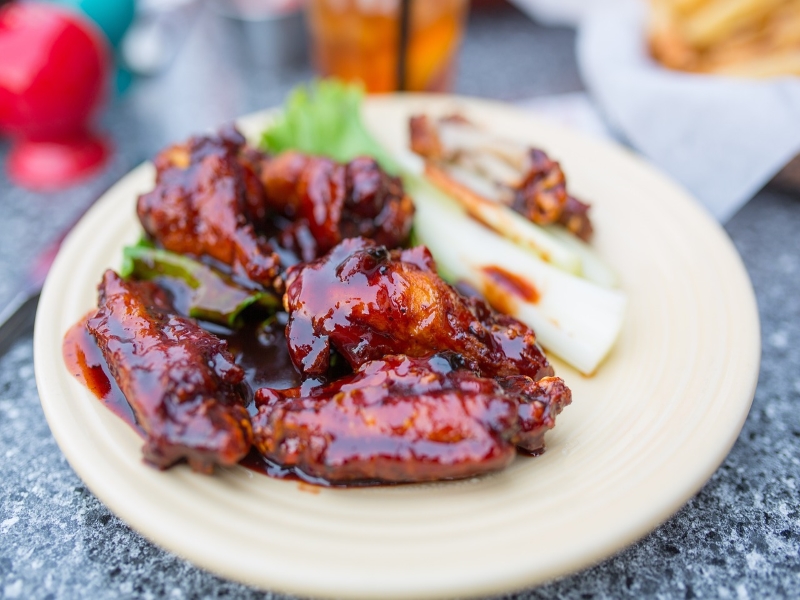
What Is A Teriyaki Sauce
The Japanese terms teri, which means luster, and yaki, which means to grill or broil, are combined to form the phrase teriyaki. Although technically a a cooking method or cooking style, the term “teriyaki” is more commonly used in the United States to describe the accompanying sauce, which gives grilled meats and vegetables a glossy amber color and a salty-sweet flavor.
The most common usage for teriyaki sauce is as a glaze or marinade for meats and fish. It is most popular when combined with grilled chicken, but it also works well in a slow cooker, a pan on the stovetop, an oven, a broiler, and a wok for stir-frying. Additionally, it can be used as a dipping sauce, such as with potstickers or kabobs, by drizzling it on the plate shortly before serving or setting it out on the table. On ribs, it can be substituted for barbecue sauce and is a fantastic addition to ground beef in burgers.
Main Difference Between Teriyaki Sauce and Soy Sauce

Ingredients
The main distinction between soy sauce and teriyaki sauce is the ingredients they both include. Many people are unaware that the backbone of teriyaki sauce is soy sauce. But that does not mean they taste alike.
Soy Sauce
Basically, soy sauce has a salty flavor. It comes from the soybean and is blended with water to achieve the right consistency. Although it begins as a paste, it gradually thins out during the making process. The distinctive flavor of soy sauce is produced by the addition of salt.
Teriyaki Sauce
As mentioned above, soy sauce is the foundation of teriyaki sauce. It is used to make teriyaki sauce, which is then enhanced with other ingredients. Brown sugar, ginger, and garlic are frequently present however the specific ingredients can vary by location or even chef. For example, some chefs also prefer to add sesame seed oil and green onions while making teriyaki sauce.
Basically, traditional teriyaki sauce has a sweet taste with strong umami and salt flavors, which are largely derived from the soy sauce it includes.
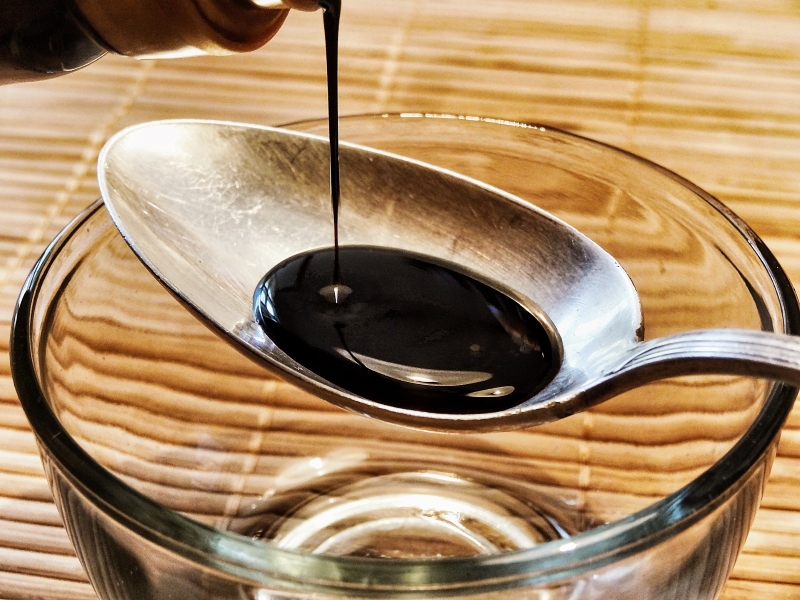
Consistency
Soy Sauce
Soy sauce has a thin or watery consistency. This is because of the addition of water.
Teriyaki Sauce
Teriyaki sauce has a thicker consistency because of the addition of extra ingredients.

Color
While the two different sauces’ colors are similar, there are some little variations. The types of ingredients and amounts used in the teriyaki sauce itself will determine the variations.
Sodium Content
Soy Sauce
It is important to keep in mind that soy sauce contains a lot of sodium because salt is added to it. For people who prefer soy sauce in their meals and need a lower salt intake, there is a low-sodium alternative available. This alternative is widely used in supermarkets and restaurants. Be aware that the restaurant may only have the standard version on hand by default, so you may need to make a particular request for a lower-sodium variant. Light soy sauce and dark soy sauce are among the many variations of soy sauce.
Teriyaki Sauce
The soy sauce foundation of teriyaki sauce contributes to its high salt content as well. In addition, the additives in it result in a high sugar content in it. If you enjoy teriyaki sauce but are restricted in the quantity of sugar and salt you may eat, there are lower-level versions available as well.
Teriyaki sauce is widely available in supermarkets and restaurants, similar to soy sauce.
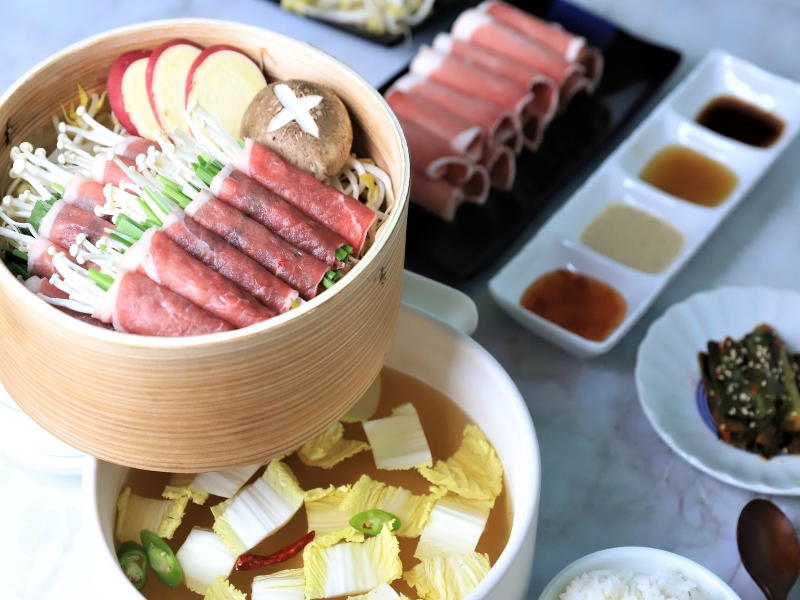
Which Dishes Or Recipes Call For Soy Sauce And Teriyaki Sauce?
You can substitute teriyaki sauce for soy sauce, however it only works well in certain dishes.
A light soy sauce would be the finest substitute for teriyaki sauce. If dark soy sauce is only available, dilute it up with some water and season with more salt.
Use teriyaki sauce on various dishes you want to give a strong umami and sweet flavor, especially dishes made in the teriyaki manner. For grilling or stir-frying, it works best on meat. For grilled or fried foods, use a thicker teriyaki sauce as a dipping sauce.
As one of the spice components in marinades and dipping sauces, use simple soy sauce. In addition, it complements Chinese cuisine and Japanese cuisine, such as noodle and dumpling meals.
Conclusion
With that said, soy sauce is one of the savory ingredients in teriyaki sauce, which also includes mirin and sugar. Ingredients, like Garlic, pineapple juice, and cornstarch for thickening are just a few of the many variations. Soybeans, or a combination of soybeans and grains, are used to make soy sauce. I hope that this post has been able to help you. Thank you for reading.
